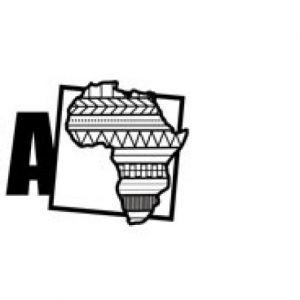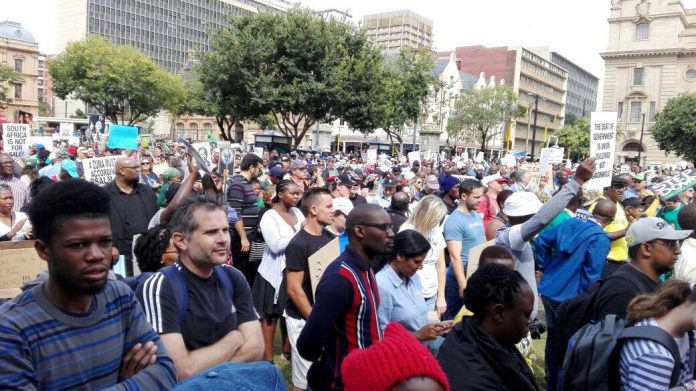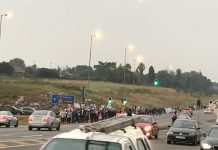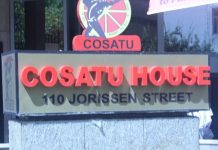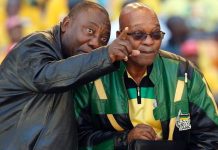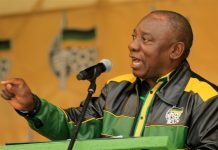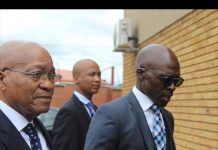Cape Town - In the past two weeks the turmoil in South Africa has been dominated by President Jacob Zuma, Fake News and Real Protests.
The latest Zuma-induced upheaval was kicked off by the President using a “fake” intelligence report to recall his then Finance Minister Pravin Gordhan and his Deputy, Mcebisi Jonas from an investor road show in London. As the week went by, it became clear that the so-called spy report was “fake” and very amateurish. It was rejected by Gordhan and 3 of the top ANC leaders.
Jacob Zuma clearly used the “fake report” as a kite to see how the wind was blowing and preparing the country for the blow he was all along planning to inflict on his “enemies”. Soon he was meeting with the top 6 in the ruling African National Congress and also the SA communist party, but they later denied that he was consulting them – in fact he was apparently just informing them what he had decided to do.
Then fate intervened and Ahmed Kathrada, who was jailed with Nelson Mandela for more than 25 years, died while Gordhan was en route back to South Africa. His funeral became the first public protest against Zuma, who had just after midnight on Thursday fired Gordhan, Jonas and other ministers and deputy-ministers – 19 in total. He tried to sell this as an effort to improve government delivery, but left the most incompetent ministers, led by Bathabile Dlamini, responsible for the social grants fiasco affecting 17 million poor South Africans in his cabinet.
The former President, Kgalema Montlanthe, was the main speaker and the funeral and he read from a letter the deceased Kathrada, who ranks amongst ANC royalty, sent to Zuma over a year ago, asking him to resign as president. Montlanthe got a standing ovation from the crowd, and from then on the conflict escalated.
The Deputy President of SA and the ANC secretary general and treasurer general all distanced them from the President and his decision to jeopardise the economy and sending the rand into a tailspin. Mantashe reportedly went as far as to say the list of ministers was manufactured elsewhere and just given to them to legitimise.
As per norm, commentators, opposition parties and voters believed this time Zuma would be called to account by the ANC, but again Zuma apparently whipped the leadership into line. There is a lot of disinformation around the outcome of events, but it seems that Zuma is being pushed back slowly but surely into an increasingly tight corner.
South Africans meanwhile decided enough is enough and started organising nationwide protests, which took place on Friday 7 April 2017. More than 100 000 South Africans protested, with 50 000 outside the Parliament, making it the biggest protest since the dawn of democracy in 1994! These were real protestors and the hastag #SAunites was trending all day long.
More real protests are planned for the rest of April. On 18 April parliament will debate a motion of no confidence and a huge march to parliament is planned on that day. Even though Zuma will probably survive this motion once again, this time he has real, united opposition across all political organisations and civil society groups – and the crowds are going to get bigger.
Zuma and his supporters are resorting to fake news and pseudo groups to discredit his opponents and is hiding behind a new “radical economic restructuring” policy to soft-soap the voters, whilst continuing with capturing the state and various institutions for the benefit of Zuma and the billionaire Gupta family.
South Africa is in for a period of turbulence, and that is good because it exercises the democratic muscles of South Africa and its citizens. In the long-run the majority of voters in South Africa will decide for themselves, and that vote will not go in favour of corruption, abusing power and failing to deliver a better future for all.
Opinion by Frans Roelofse

